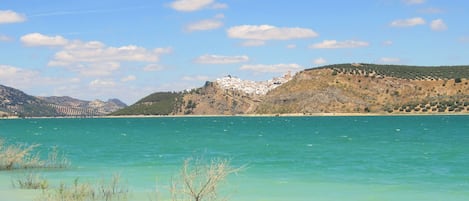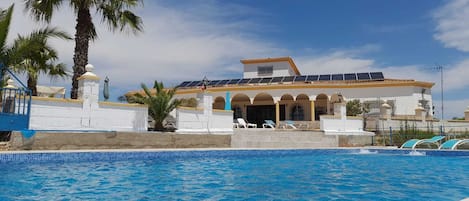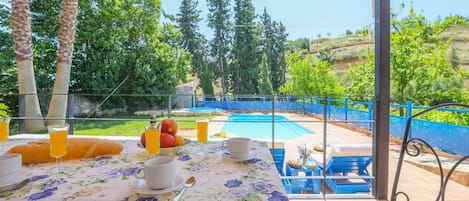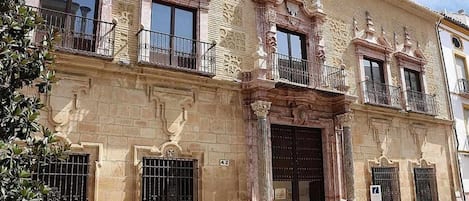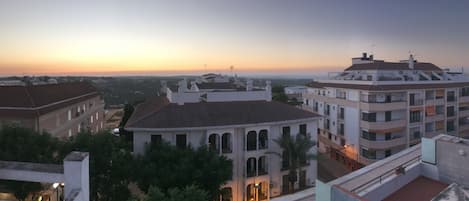Rural House next to the town and in full nature.
The Rural House, Zoco Bajo farmhouse, has been rebuilt on the original farmhouse with more than 300 years and on Roman remains.
It is distributed on two floors with five bedrooms, three bathrooms, and a minimum capacity of 8 people and maximum accommodation for 16-18 people.
The Casa Rural Zoco Bajo, is a charming, simple accommodation, without luxuries but comfortable. We have tried to recover the spirit of this old farm, without disguising it. It was created as a project of sustainable rural tourism. In its restoration, demolition materials and typical of the area were used. Through a solar power plant, we produce much more energy than we consume and the water is also much hotter thanks to the sun. With the natural treatment plant, we recycle all the water that is consumed, using it to irrigate the garden. Composed exclusively of saw plants. Our little garden is supplied with plants from native "seed banks". The pool is purified by salt and our dear chickens are of the "Blue Andalusian" breed, in danger of extinction. But of all this, there is something we are very proud of, part of the rental benefit, goes to cooperation projects
Expand information on this link;
It has underfloor heating throughout the house and saltwater pool, barbecues, parking lots and children's area.
It is close to the Municipal Golf Club and Equestrian Club.
In the Rural House Cortijo del Zoco Bajo, we organize ballroom dance and salsa workshops, for information cut and paste this link:
The Los Pedroches Region: The Pedroches Region:
It is located north of the province of Córdoba, belonging geologically to Sierra Morena.
Located at an average altitude of 500-700 m, although higher points can be found north of the region, the Sierra del Horcón (869 m) and south of Chimorra (959 m) .The landscape is very different according to the area and soils where it is found, with abundant streams and rivers of marked seasonality that give rise to a rich variety of flora and fauna, finding endangered species in the rest of Europe (lynx, golden eagle, black vulture, imperial eagle , wolf, etc). The cranes also stand out within their ornithological wealth, being able to observe large groups from the Baltic. Crossed by important transhumance routes -the Cañada Real Soriana and the Cordel de la Mesta-, the region is mainly dedicated to livestock and agriculture, developing in two landscapes with its own characteristics, the mountain olive grove and the pasture.





